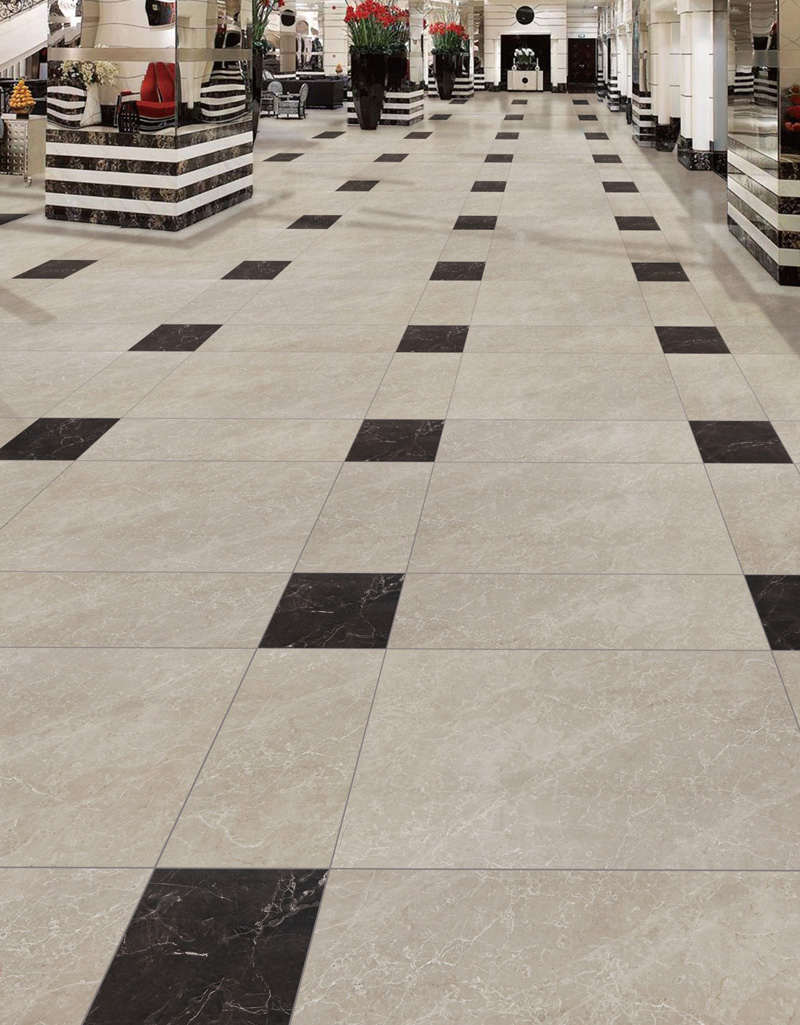Porcelain or Ceramic Tiles?
Posted By Becky on May 2, 2014
Most types of tiles that are made from a form of clay or a clay mixture, which are then kiln-fired, are considered to be a part of the large classification of tile called ceramic. These tiles can be split into two groups, porcelain tiles and ceramic tiles.
Ceramic tiles are generally made from a red or white clay that is fired in a kiln. They’re easier to cut than porcelain and usually carry a PEI rating of 0 to 3. Ceramic tiles are suitable for light to moderate traffic and have a higher water absorption rating that makes them less frost resistant than porcelain. In addition, they’re usually more prone to wear. However, with new technologies, ceramic tile should always be considered by its specifications, as durability and other factors will vary between ceramic tiles, ceramic tiles generally cost less than porcelain tiles.

Porcelain tile is generally made by pressing porcelain clays, which results in a tile that’s dense, impervious, fine grained, and smooth with a sharply formed face. Porcelain tiles usually have a much lower water absorption rate than ceramic tiles, making them more frost resistant, although not frost proof. Glazed porcelain tiles are much harder and have more wear-resistance and damage-resistance than ceramic tiles, making them suitable for any residential and light commercial application.
In order to enhance the stain resistance of a stone tile, many tiles are glazed. This means they’re coated with a liquid glass that’s baked onto the surface of the clay. In addition to protecting the tile from staining, the glazed also allows an unlimited array of colors and designs to be added to the tile. Porcelain tiles whose color runs all the way through the tile, rather than simply being baked onto the surface, are called full-body tiles. Since their color extends throughout the tile, these tile don’t show wear, making them ideal for commercial applications.
Comments
Leave a Reply